In 2017, the City of Houston officially greenlit the new and exciting “Houston Bike Plan” (HBP), emerging through a collaborative effort involving the dedicated local advocacy group BikeHouston, the Texas Department of Transportation, and the Houston Parks Board. The goal was simple: to make Houston a “Gold-level Bicycle Friendly City” (BFC).
According to the League of American Bicyclists, achieving this Gold-level status requires a community to meet specific benchmarks, including (but not limited to):
- Minimum of 5.5% of commuters traveling by bicycle
- At least 43% of bicycle network relative to total road network
- One full-time bike program staff member for every 32,000 residents
- Actively promote cycling (for example, “Bike to Work” events).
- Provide educational programs that teach cycling skills to people of all ages
What is the Houston Bike Plan?
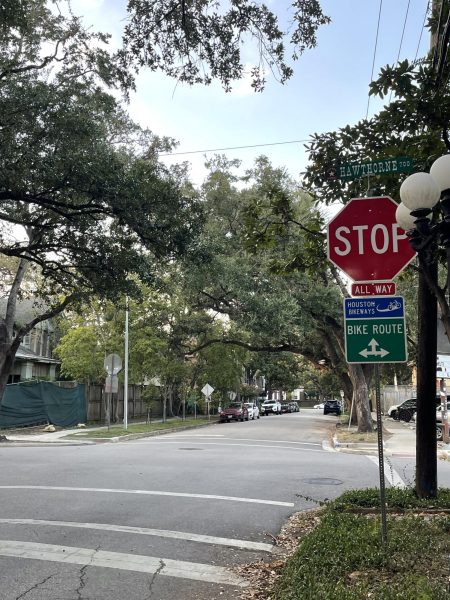
The Bike Plan is a comprehensive 380-page proposal that aims to provide a safer bicycle for the public, encouraging greater ridership, and ensuring the long-term development and maintenance of the city’s bikeways. At the time of the plan’s approval in 2017, Houston had 495 miles of interconnected bikeways, although “only about half of those provided adequate separation from traffic to feel comfortable for most adults who are interested in bicycling” (pg. 23 HBP).
By 2021, various completed projects added 134 miles to the network, increasing the total of “high-comfort bikeways” to 404 miles, and with the implementation of other short-term opportunities, the total bikeway network expanded from 495 to 785 miles, at an estimated cost of $27 to $51 million (pg. 25, HBP).
The long-term vision, however, is even more ambitious, targeting an expansion to 1,789 miles of bikeways by the year 2027, at an estimated cost of $235 to $382 million, but it’s worth noting that this figure “excludes an additional 620 miles of on-street bikeways that would likely be integrated during future street reconstruction” (pg. 27, HBP).
To guide the implementation of the HBP, the Bicycle Advisory Committee was formed, playing a critical role in overseeing progress. The plan also outlines nine key strategies for executing the vision, focusing on policy development, funding prioritization, and performance measurement (pg. 31, HBP). Notable results from these strategies include:
- Expanded policies prohibiting parking in bike lanes backed by ordinance
- Plans to add more “end-of-trip” facilities for cyclists
- Efforts to connect the Park & Ride transit system with bikeways
- Programs educating new cyclists of all ages
- Increased staffing for the Houston Bikeways Program
- Improved and consistent maintenance of existing bikeways
Through these efforts, the Houston Bike Plan is gradually reshaping the city into a greener, safer, more bike-friendly community, and encourages a healthier lifestyle for all residents.
Interview with HCC Student
As of 2024, it has been 7 years since the initial launch of the HBP, and with a projected finish date of 2027, it’s important to see if any of these changes are actually contributing to the safety of bikers. Daniel B, age 20, is a student of HCC and a self-proclaimed “recreational biker.” After reading through the Houston Bike Plan, this interview was conducted.
Interviewer: Do you feel like Houston is a bikeable city?
Daniel B: Yeah. Probably one of the most in Texas. Probably the best in Texas.
Interviewer: Do you feel like the current infrastructure is safe or comfortable to ride on?
Daniel B: I mean, you can go pretty far, but you’ve got to cut into busy streets no matter what. I think with the current infrastructure, someone should connect them at a certain point, it’s not enough for most of the general population to use it- or at least to get through comfortably.
Interviewer: How would you rate it? On a scale of 1-10?
Daniel B: Probably like a 6 or a 7, I think in most neighborhoods [in Montrose] you’re probably fine, but if you want to get across the city you’re gonna have to go through main areas.
Interviewer: What area do you think is best to bike around?
Daniel B: I think Montrose probably has the most connected amount of areas that you can get to safely, but I mean [the] Heights has crazy good trails, around the Medical Center and Downtown has pretty good trails, Midtown has like, bike lanes.
The trails mentioned include; Buffalo Bayou, White Oak Trails, T. C. Jester Trails, and the Hermann Park / Rice Village area. Midtown does indeed have bike lanes.
Interviewer: What kind of bikeways would you want to see more of?
Daniel B: Dedicated on-street bike lanes, there’s like one connected bike lane on one street, while the other roads you share with the cars on the busy street, you just have to know like a few dedicated spots that are good.
The HBP plans to have 816 miles worth of dedicated on-street bike lanes by 2027. As of 2021, the City has successfully expanded the previous 109 miles to 188 miles.
Interviewer: What do you think is the most common problem when biking?
Daniel B: I think because there are a lot of shared roads/bike lanes in Montrose, a lot of bikers are going through the neighborhoods, but a big thing is that drivers in Houston don’t know how to deal with bikers, they don’t know if they should go around you, or how much space they should give you. You know how like people who want to pass you, but they’re just creeping behind you because they don’t know how to pass.
Interviewer: What do you think could help with that?
Daniel B: I think people just need to know more, like added programs in schools for biking and bike safety, how to safely bike on the road and for drivers how to safely drive around bikers. Just more awareness and like media.
The following statement by Daniel B concluded our interview with these wise words to bike by.
Daniel B: Drivers need to respect biker’s space, but bikers have to respect a driver’s time.


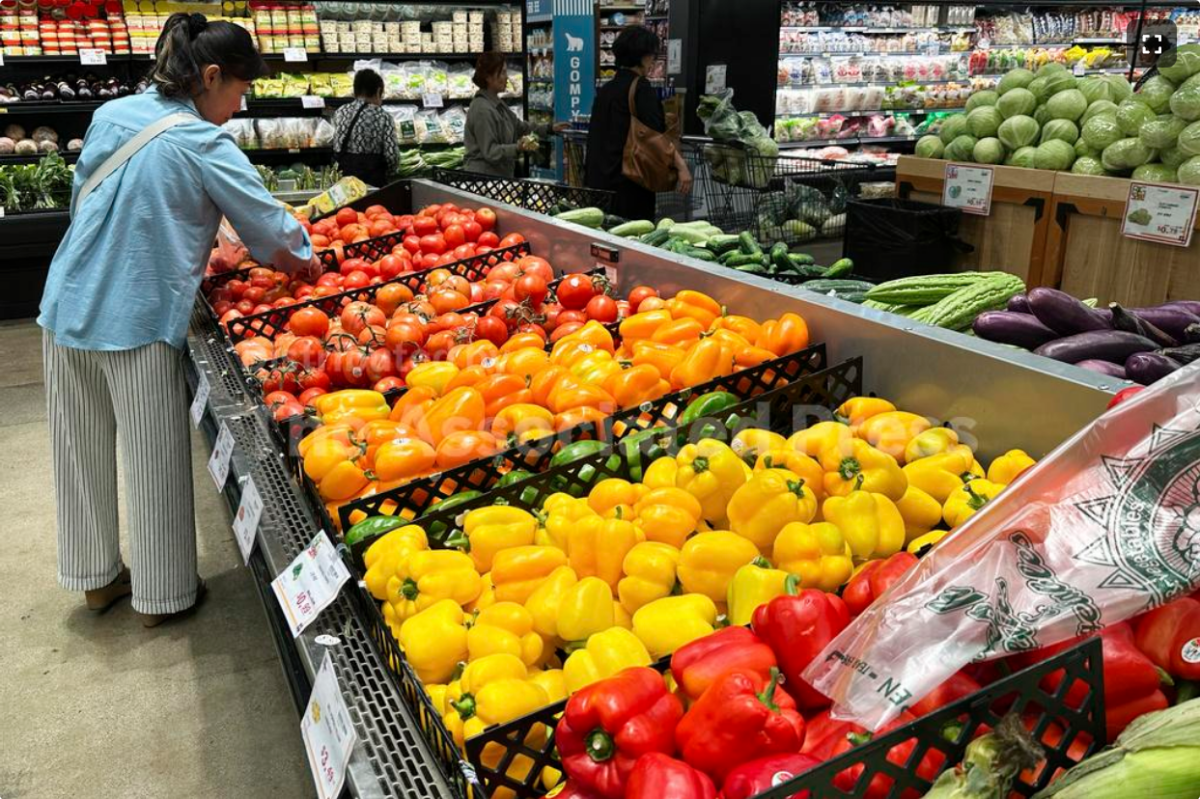
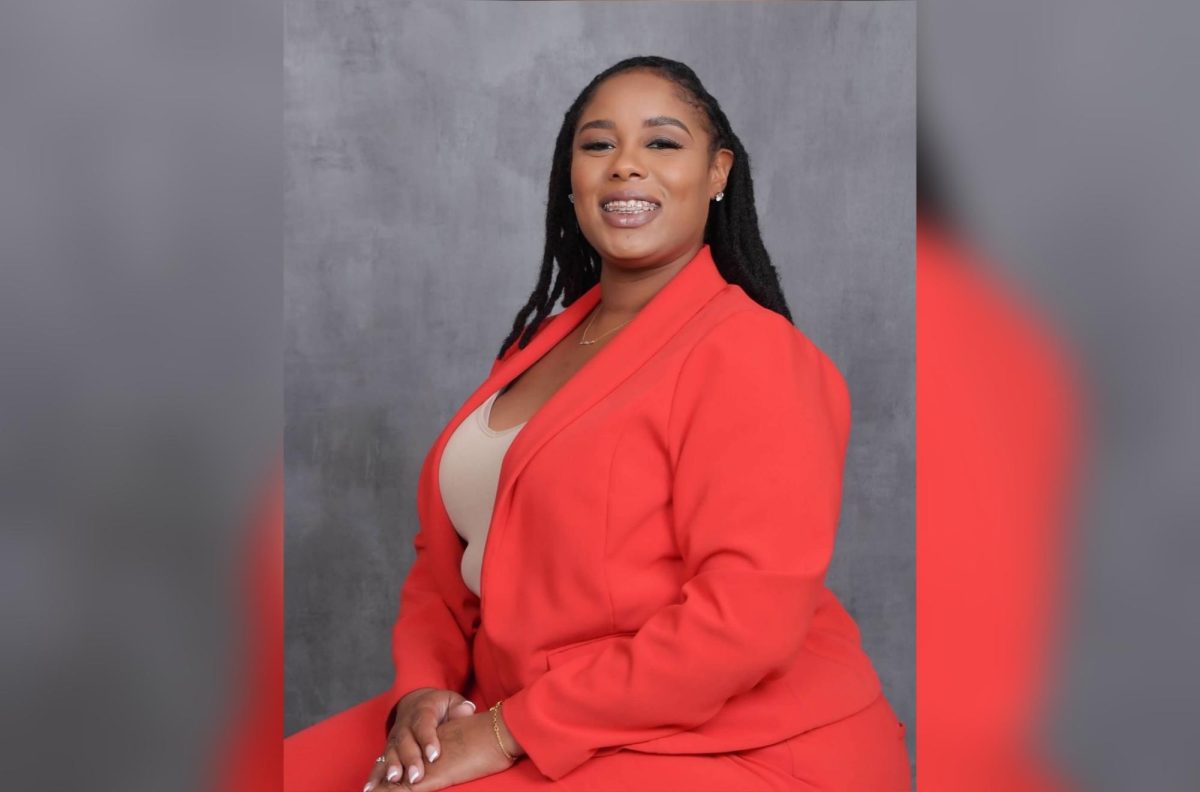


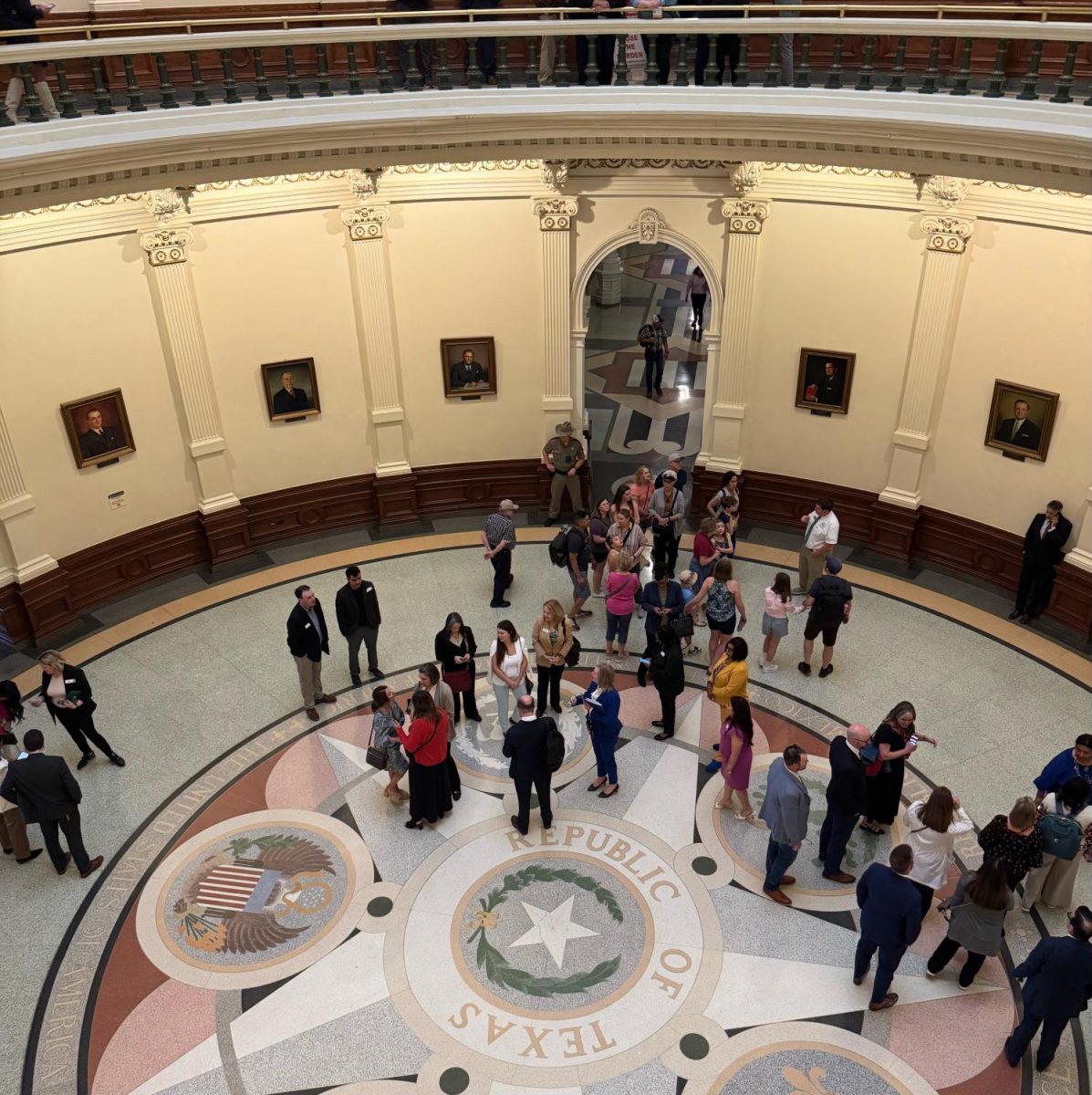
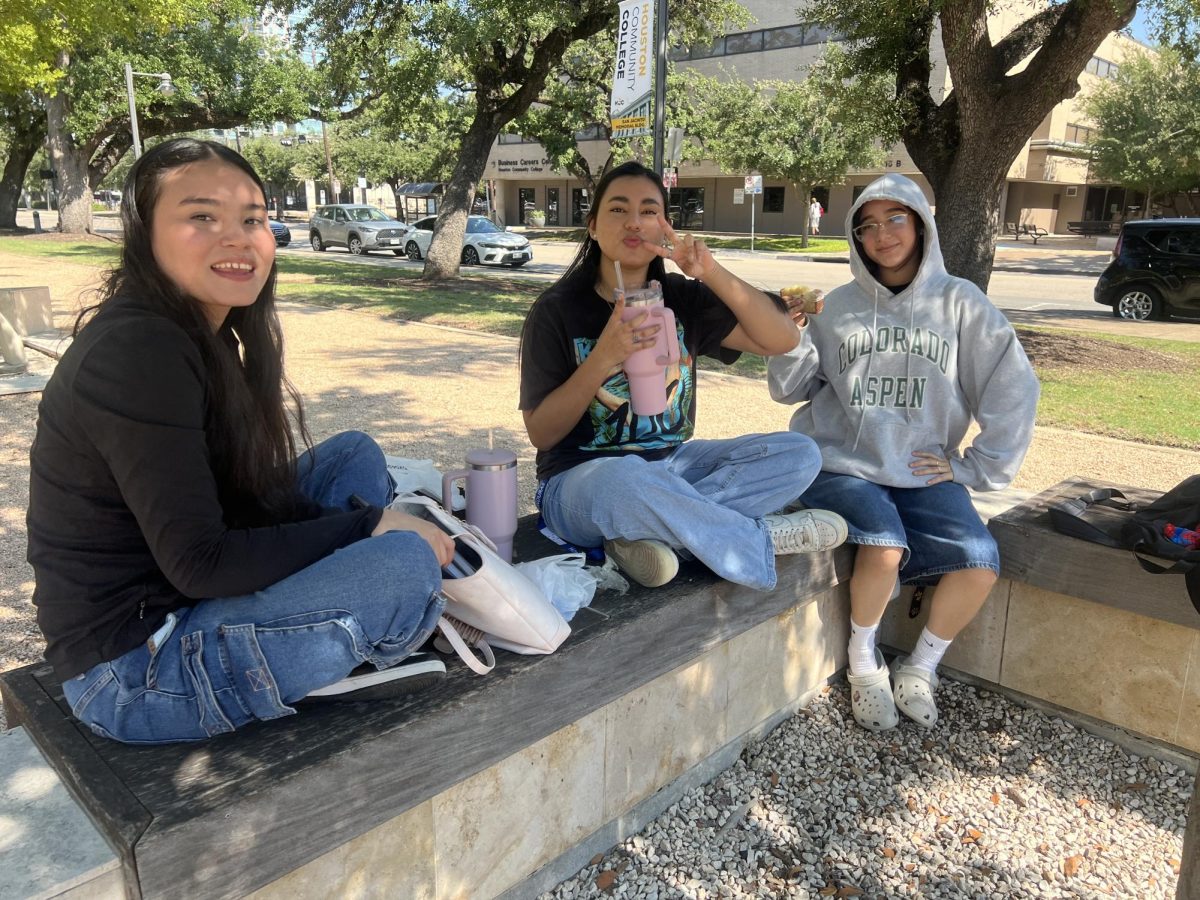

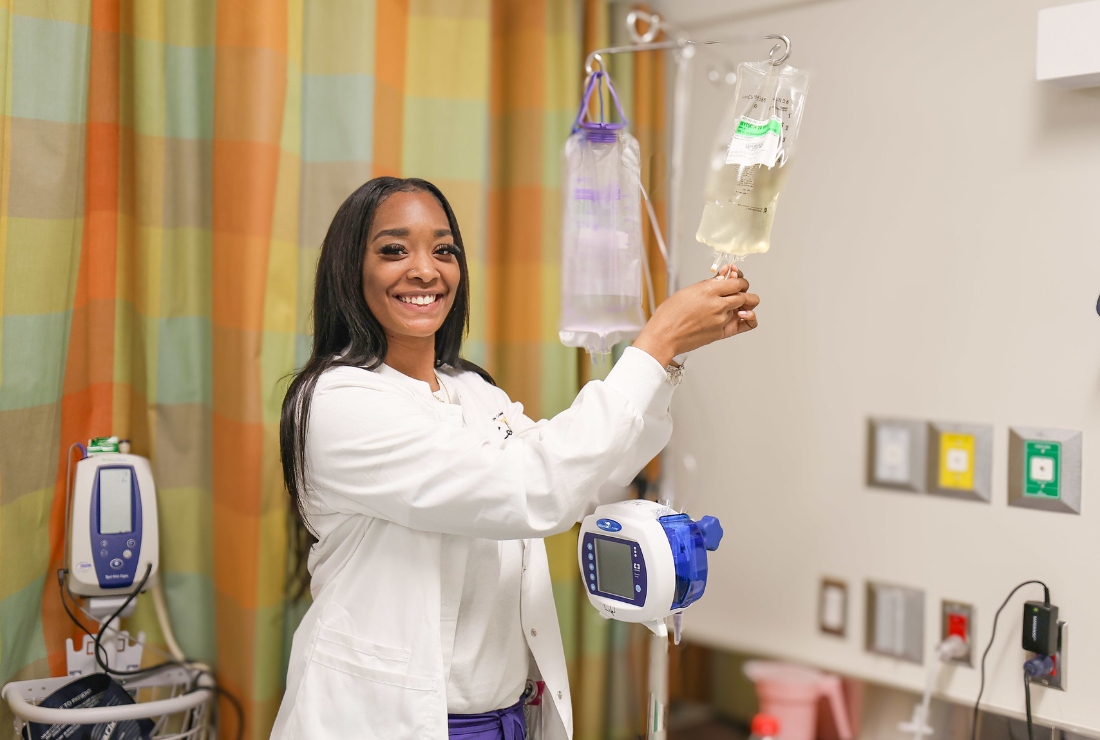
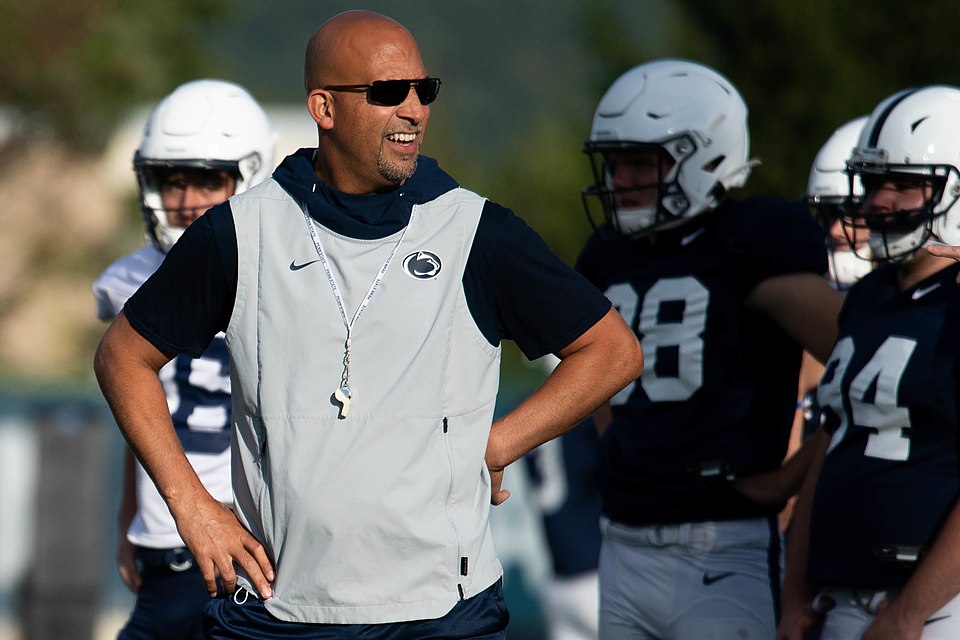




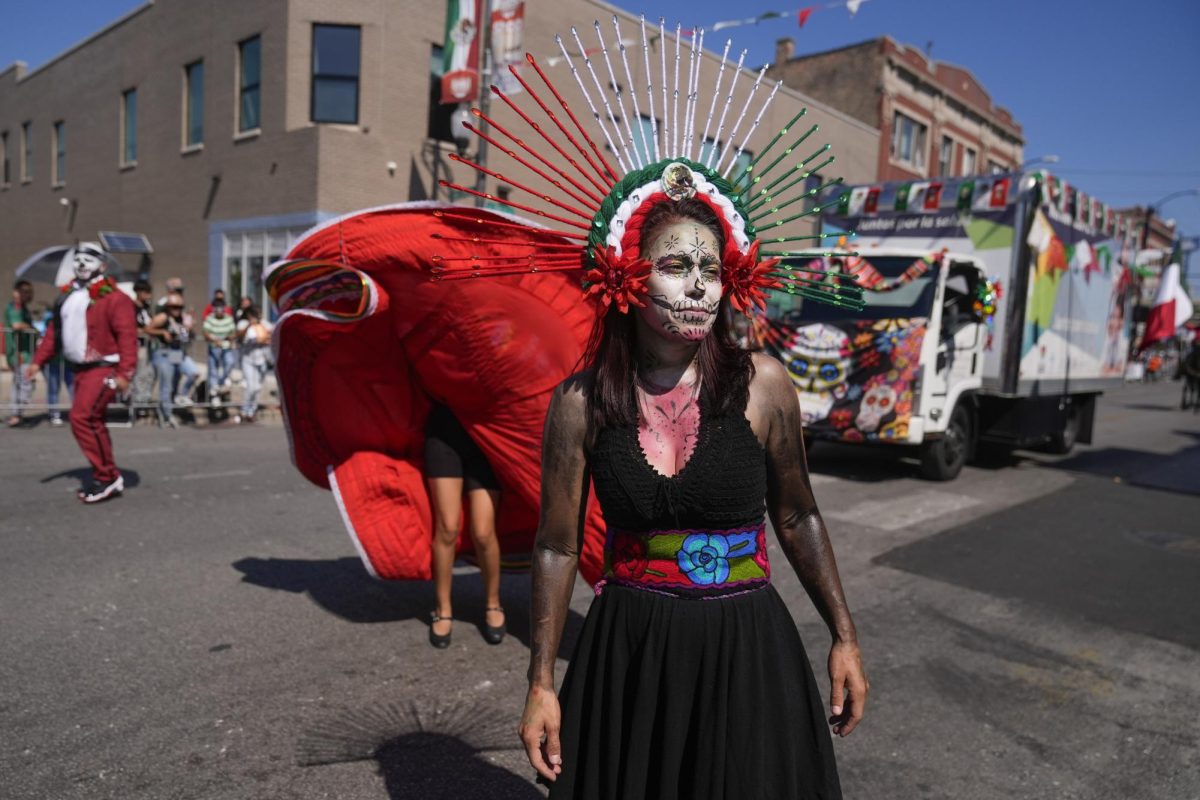
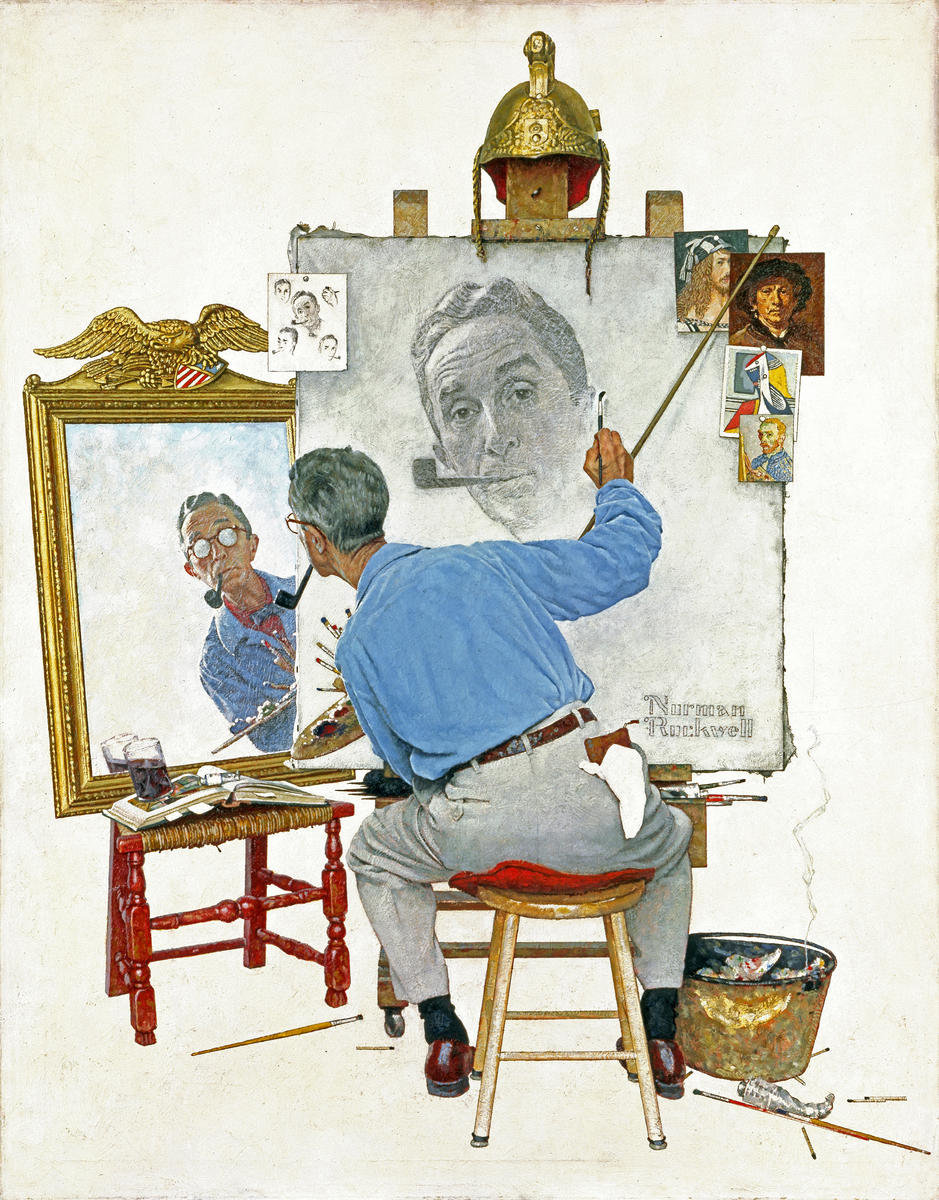
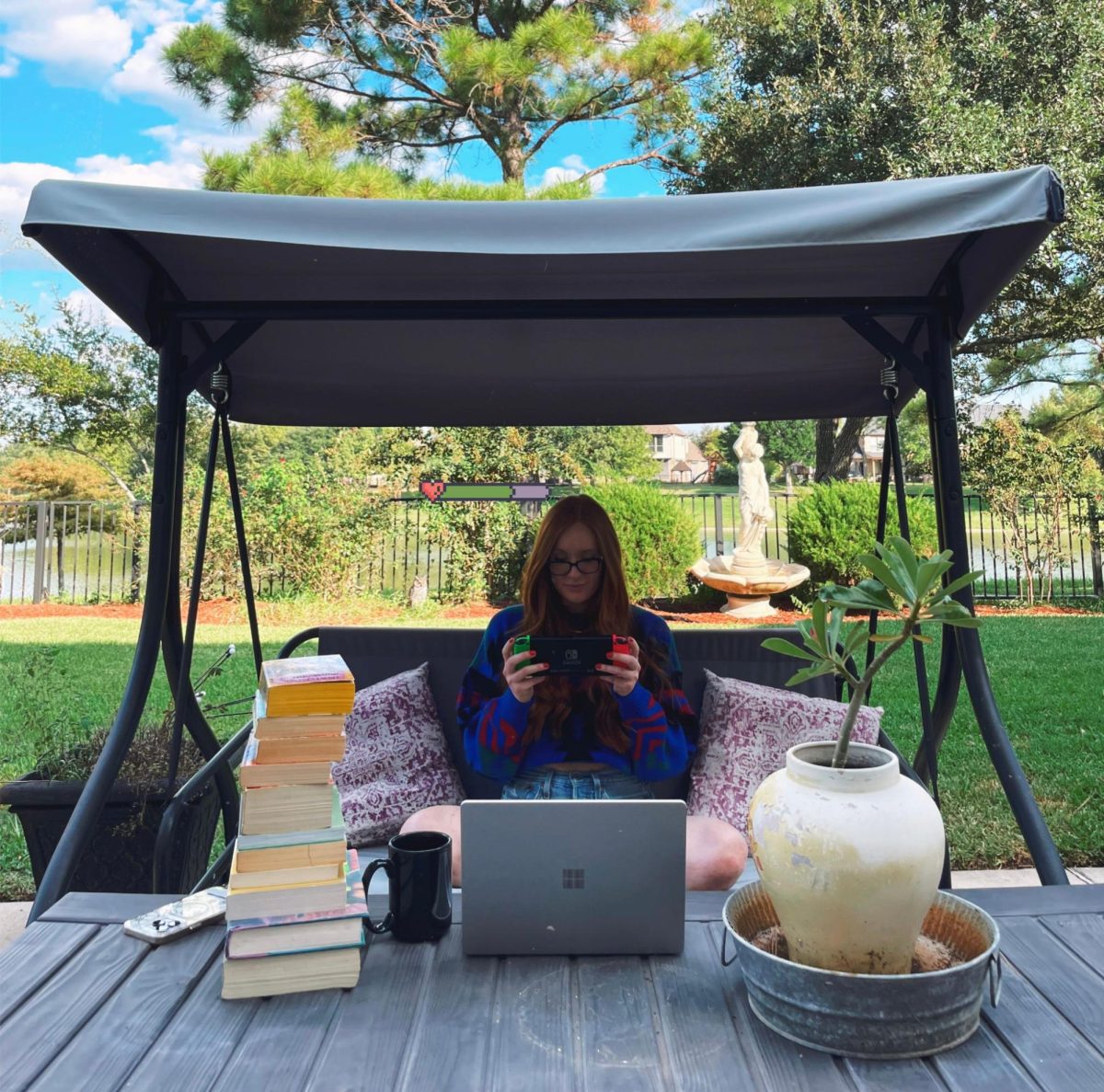


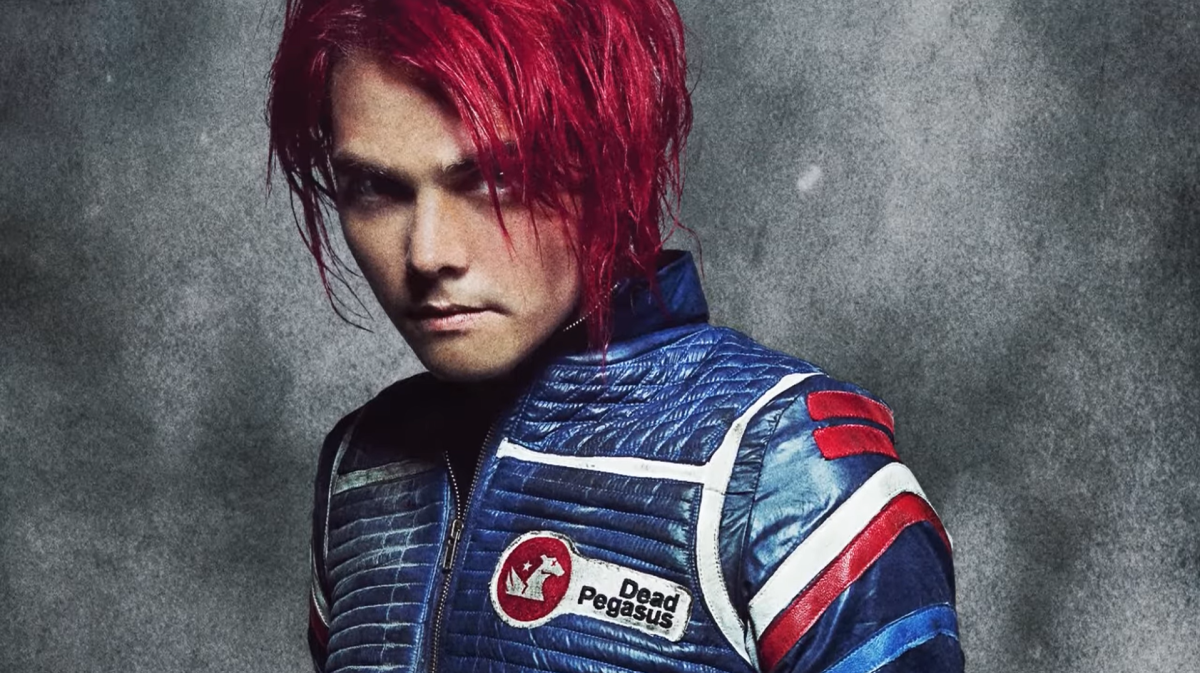
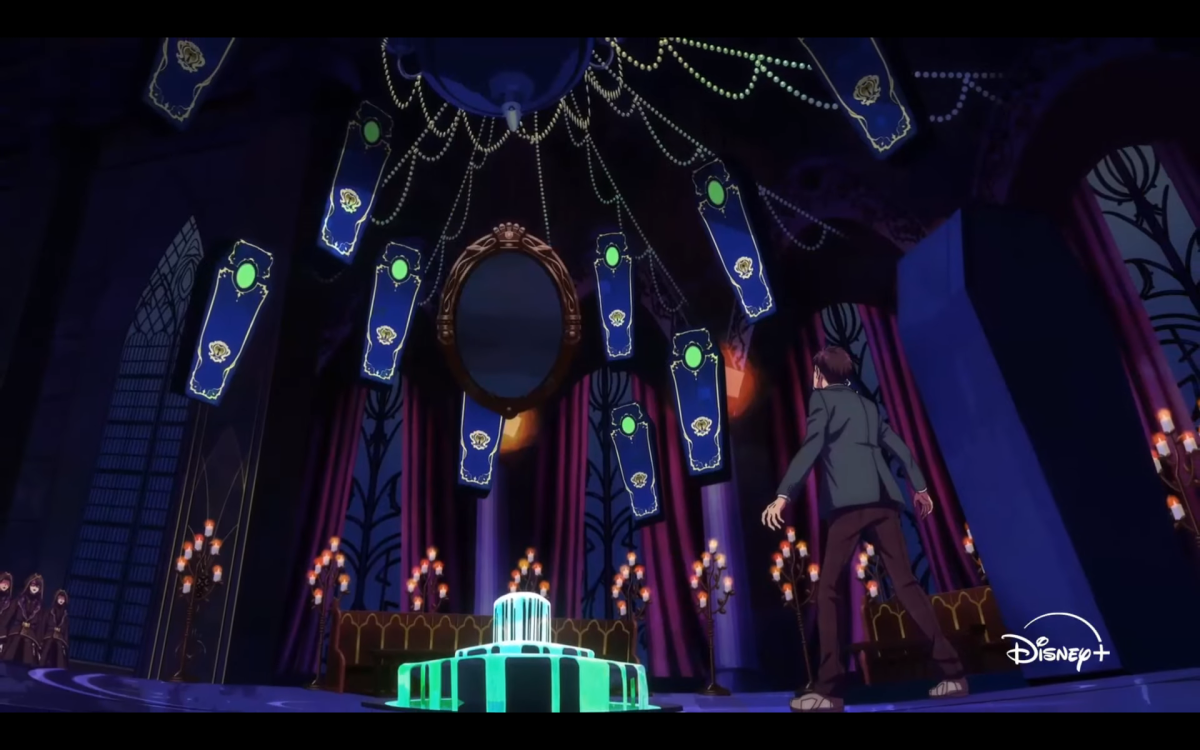
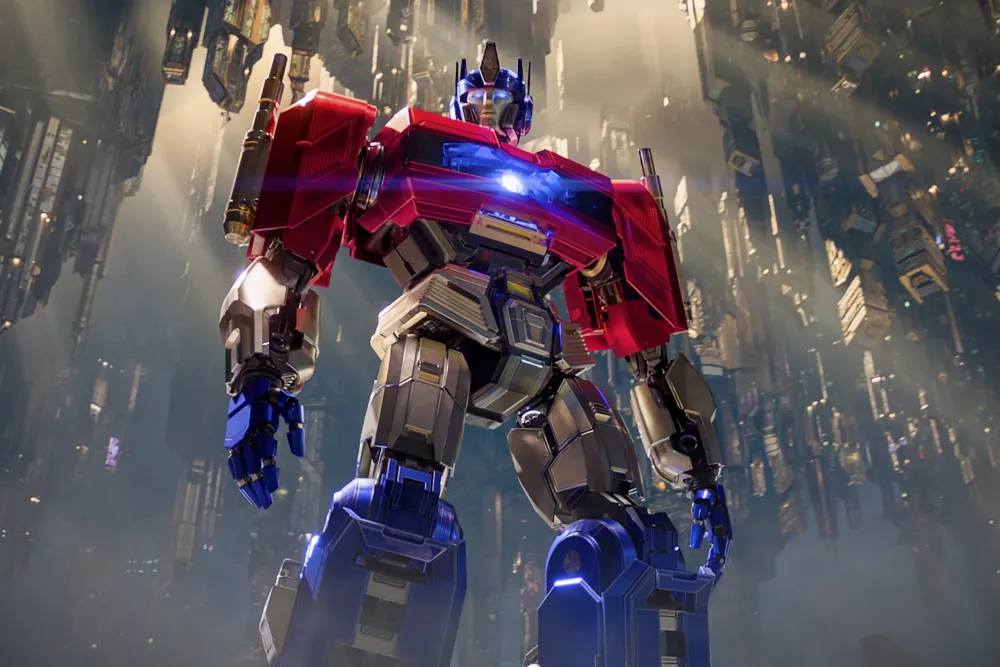

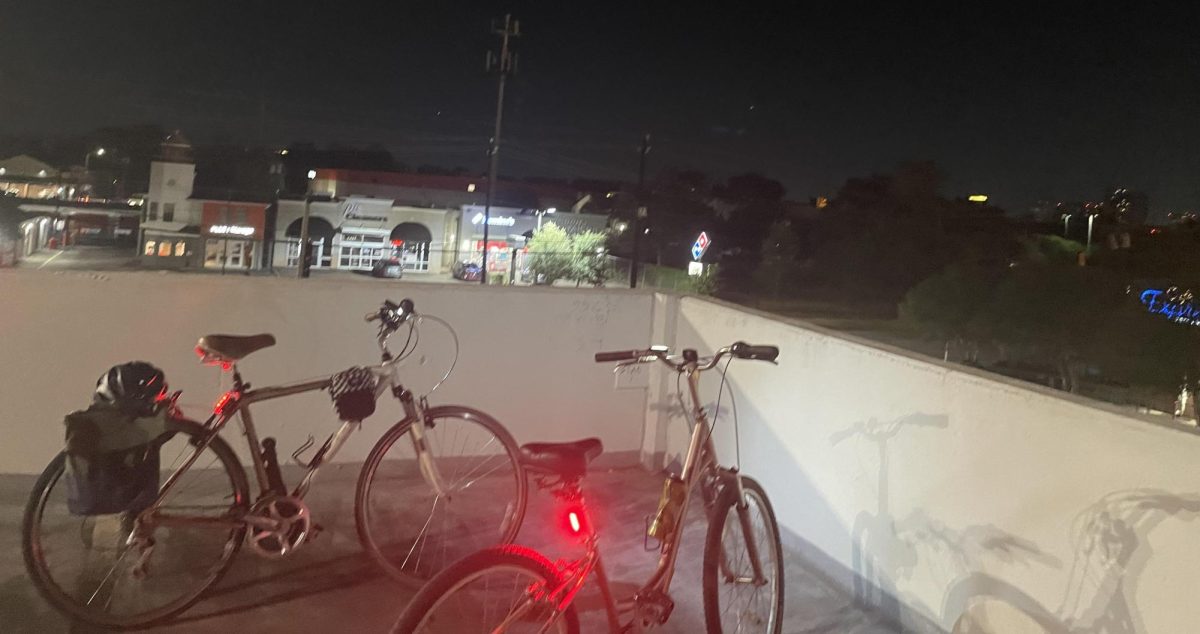

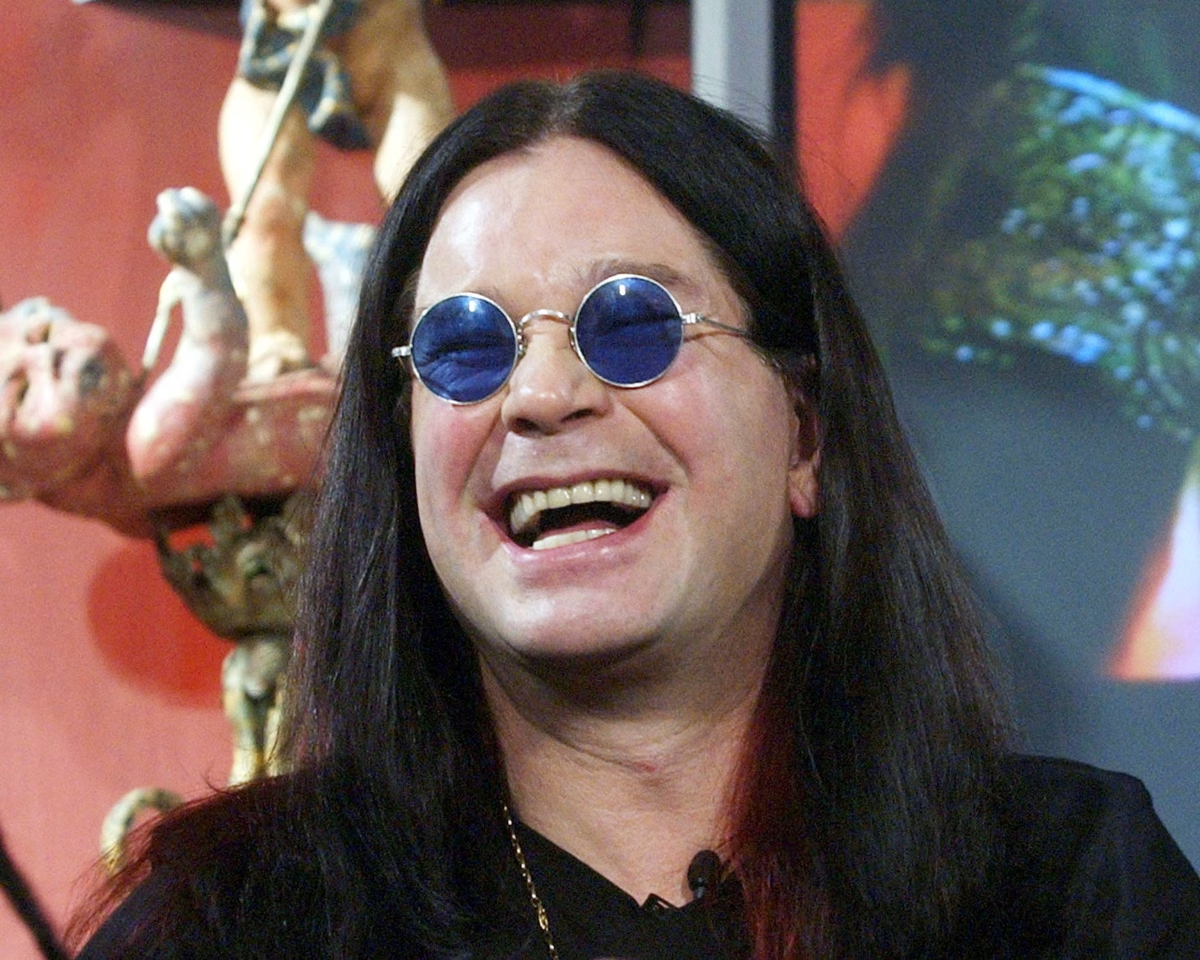

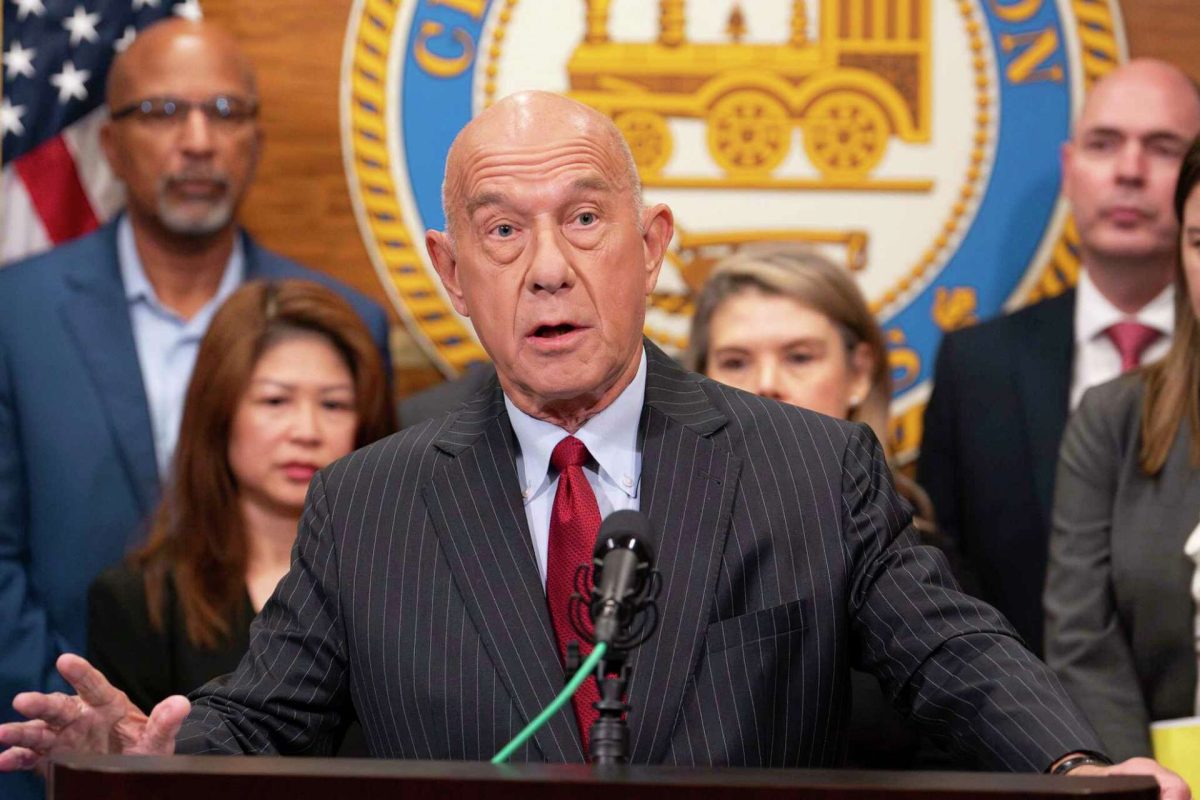

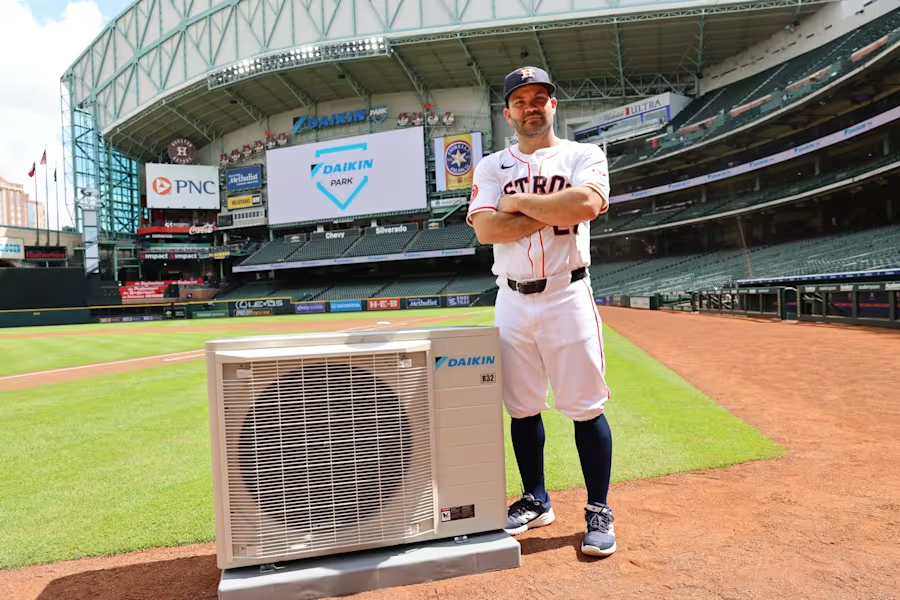
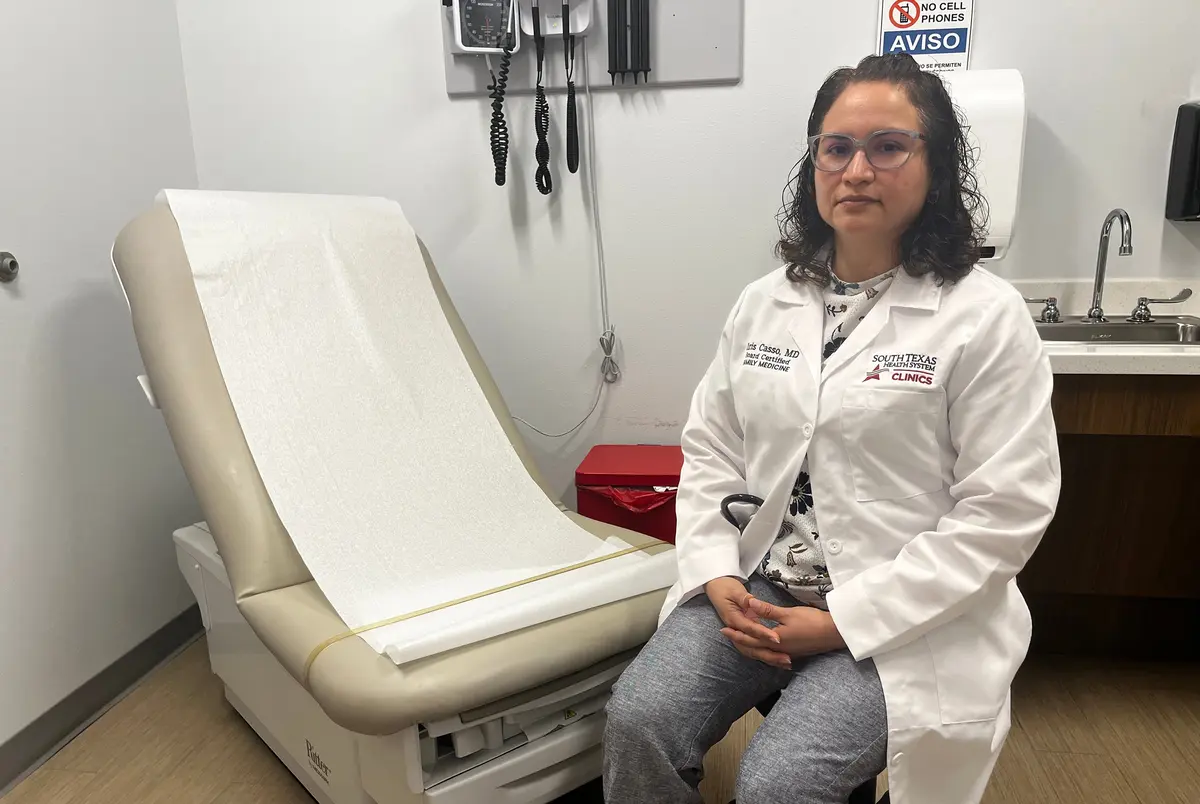




Audrey Kim • Oct 2, 2024 at 3:24 pm
This sounds so exciting! Wouldn’t have found out about this initiative otherwise!